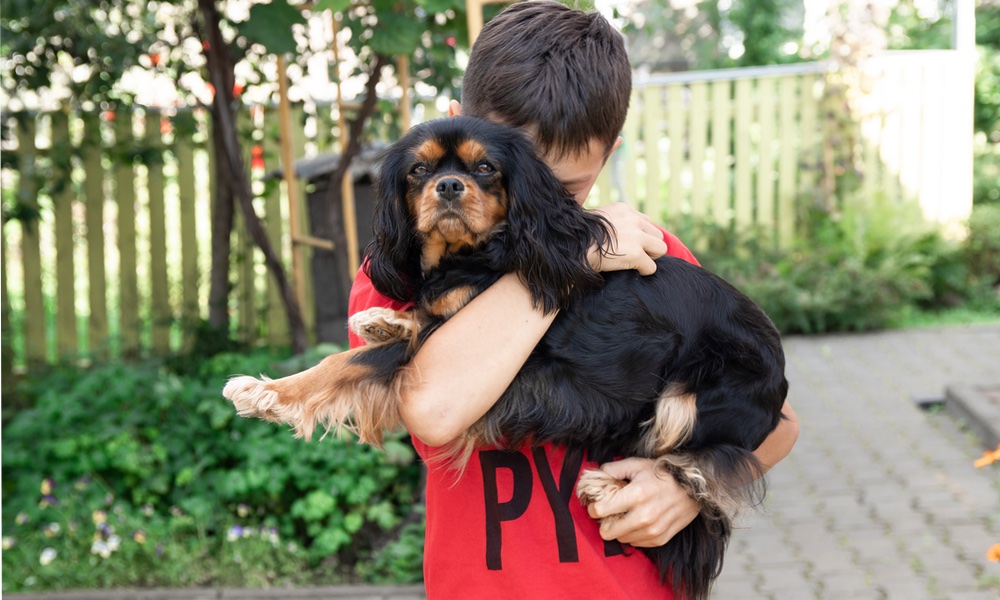You probably know the old adage: dog is man’s (or woman’s) best friend. Well, according to a new study, you can add children to the list of a canine’s beneficiaries. Dog-assisted interventions can lead to significantly lower stress levels in kids, a British study finds, including those with special needs or medical conditions.
Prolonged stress is hard on children. Stressful feelings can cause a host of problems with learning, behavior, and physical and emotional health. In order to help alleviate students' stress, several techniques have been tried in schools including yoga, mindfulness, meditation, physical activities, as well as other teacher and animal assisted interventions.
The latest study shows that dogs can lead the way in helping kids calm down. Kerstin Meints and her colleagues at the University of Lincoln came to this conclusion after keeping track of the levels of the stress hormone cortisol, measured in the saliva of over 100 eight- to nine-year-old children from four mainstream UK schools and 44 similarly aged children from seven special needs schools.
Here’s how the study worked: The children were randomly divided into three groups: a dog group, a relaxation group and a control group (which received no interventions). Twenty minutes, twice a week for four weeks, students who were in the dog group interacted with a trained dog and its handler, while the kids in the meditation groups participated in a relaxation session.Children who interacted with dogs had no significant increase in their saliva-measured cortisol — and their levels were significantly lower immediately after their dog sessions.
Dog interventions led to significantly lower cortisol levels in children in both mainstream and special needs schools. Children who interacted with dogs had no statistically significant increase in their saliva-measured cortisol — and their levels were significantly lower immediately after their dog sessions — while kids in the mainstream schools in the control group and the meditation group experienced increases in their cortisol levels over the course of the school term.
Kids with special educational needs also benefited from canine contact including lowering their cortisol levels right after spending time with their four-legged friends.
The authors point out that research still needs to be done to determine the ideal amount of time and contact with dogs that can get the optimum stress-reducing results.
Meanwhile, if you’re thinking that a dog might bring stress-relieving benefits to your household, don’t rush into it; carefully consider your decision. Make sure there’s enough time in your lives to pay attention to a new dog. Be sure family members will be home and able to set up a routine with your new pet.
Particularly if you are first-time dog owner, look for a dog that is calm, confident, affectionate and friendly. Also, keep in mind that between food and anticipated and unanticipated vet bills, having a dog will add to household expenses. Be certain you can manage it financially. The last thing you want is to have a dog that brings more stress into your family’s life.
The study is published in PLoS ONE.





